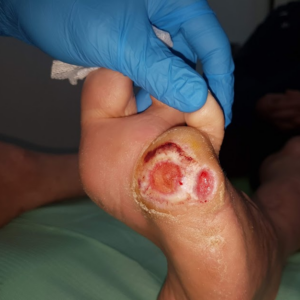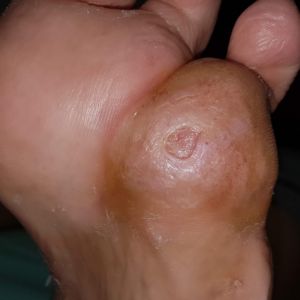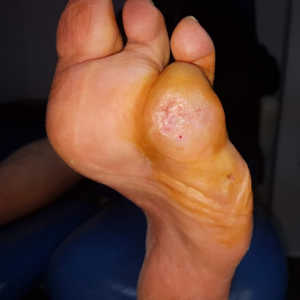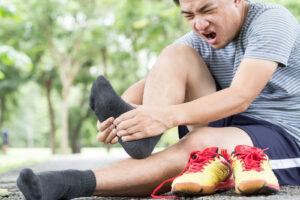At Be Podiatry we are excited to offer K-Laser across our three locations. K-Laser has been found to be effective at accelerating wound healing.
K-Laser may be used in podiatry to help treat diabetic foot ulcers, post-surgical wounds, scarring and chill blains. Please be aware that K-laser is an adjunct therapy and should not be the only means of treatment for diabetic foot ulcers.
How does the laser work in wounds?
The laser is able to increase the development of fibroblasts which are responsible for producing collagen. Collagen is one of the most important proteins in the body when repairing damaged tissue.
Vascular activity is also increased whereby new capillaries are formed in response to the laser light which can fast track the healing process and help wound closure.
Temporary vasodilation of blood vessels occurs which means more blood, oxygen and nutrients can be delivered to the site compared to under normal conditions which results in a faster healing process.
How many sessions are required?
This is dependent on a multitude of factors including the type, size, depth and location of the wound. Systemic factors also play a vital role in wound healing. Certain systemic conditions such as diabetes and peripheral vascular disease among many more can also delay wound healing.
Here at Be Podiatry we typically recommend 6 sessions as a general indication for wound healing. This may of course differ from person to person. The structure of these sessions can be discussed with our experienced podiatrist. If you think that you could benefit from K-laser as an additional treatment please contact the clinic.



